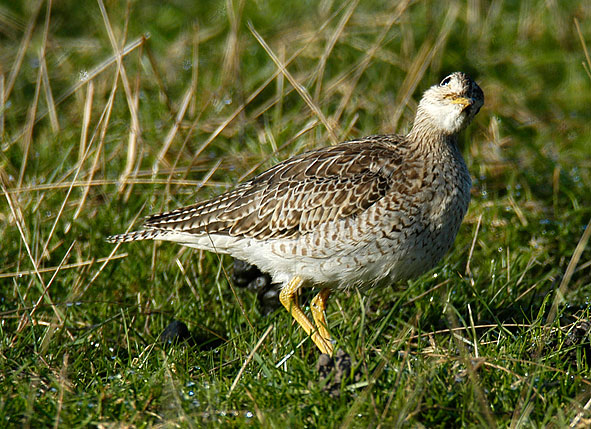November 2005
Some interesting birds were on the reservoirs at the start of the month. They included up to 5 little egrets (below), 3 black-necked grebes, 3 velvet scoter, 5 goosander, 7 Bewick's swans, and 2 yellow-legged gulls at Chew. Remarkably, 3 ring-necked ducks (2 males and a female) appeared on 5th. The female is shown below. My Nikon D2X returned from being fixed, after tumbling about 60m down a cliff in Devon on a visit to a bat cave at the end of August. After a 20m freefall into a stream, the old Nikkor manual-focus macro lens was still working perfectly, although the filter was buckled and smashed!
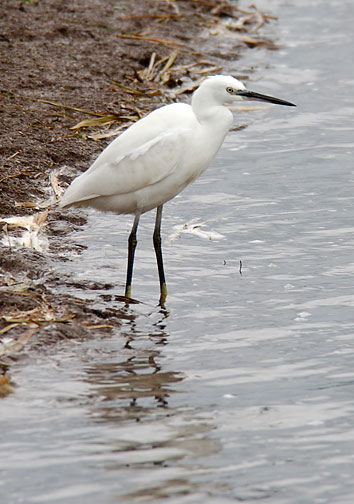
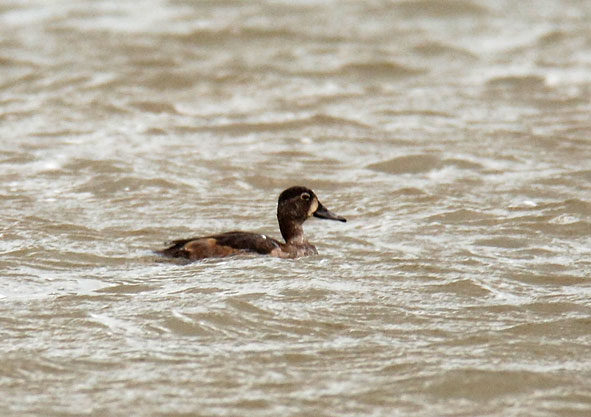
Blagdon Lake held up to 5 Bewick's swans, and a confiding grey phalarope that spent much of its time feeding along the shoreline.
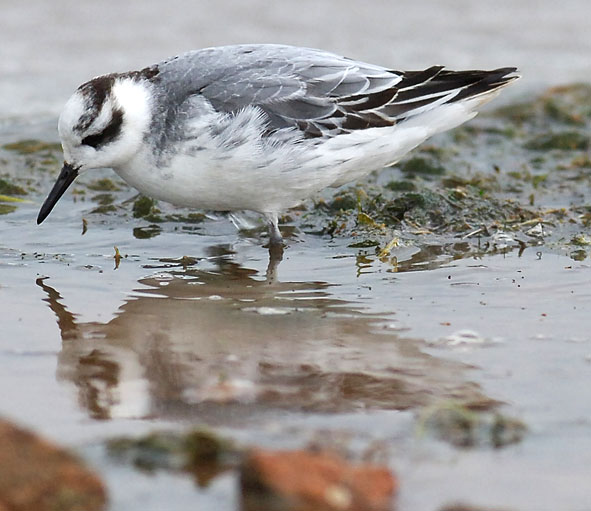
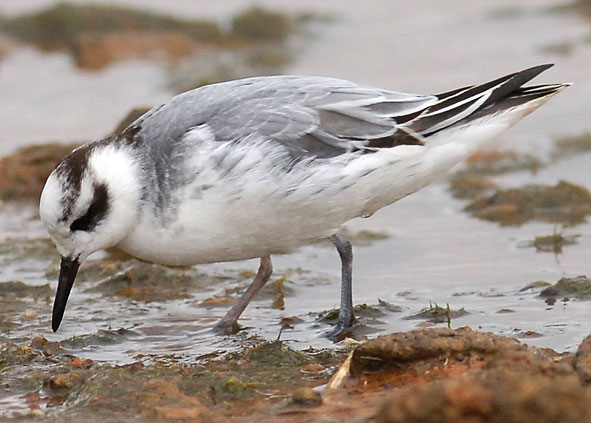
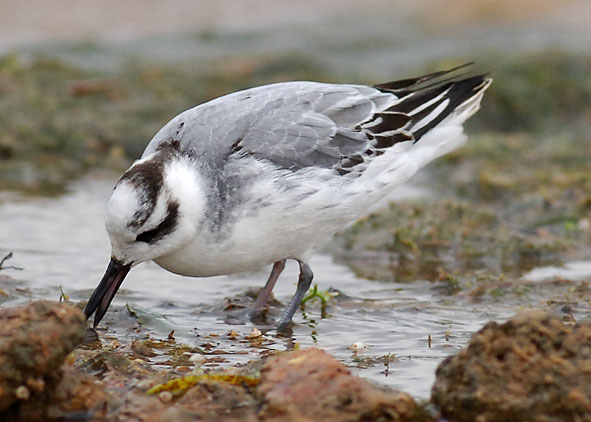
The bird was typically hyperactive, and closed its nictitating membranes frequently as it splashed in the mud.
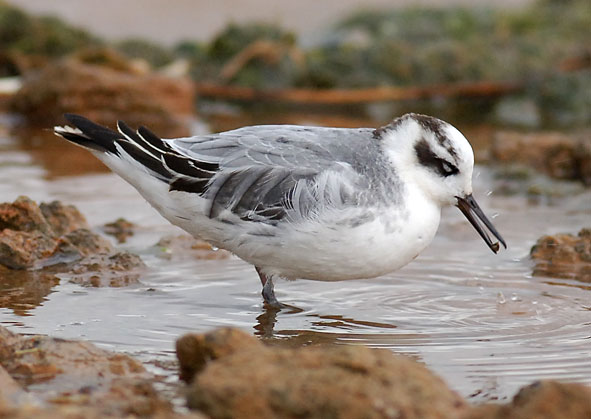
The phalaropefest continued with a grey phalarope on a tiny pond at Ashton Court golf course, photographed on my way to work on 10th.
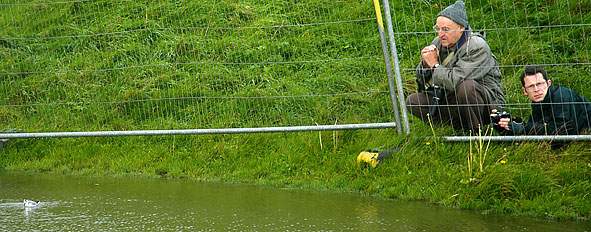
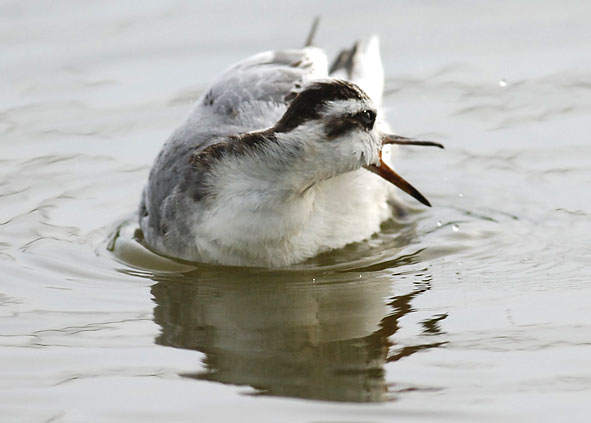
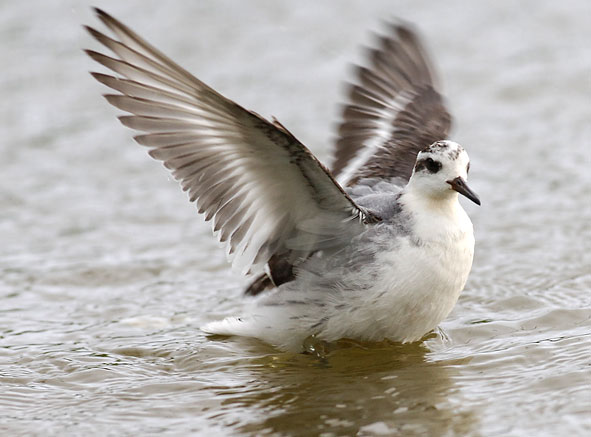
More photos in better light on 12th.
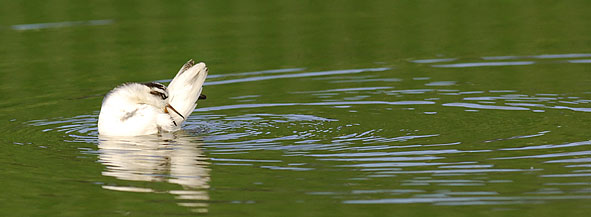
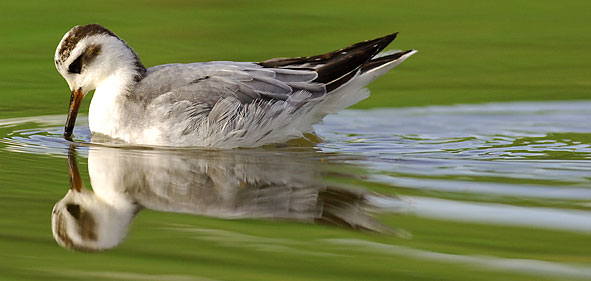
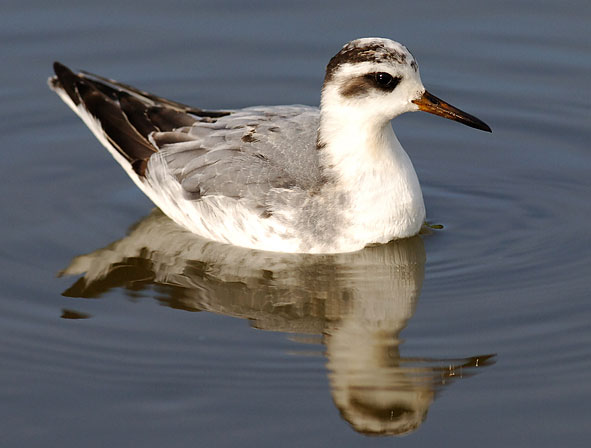
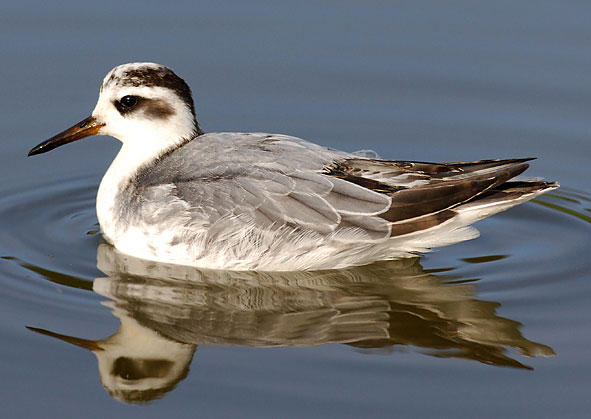
On the same day a juvenile upland sandpiper turned up at Kingston Seymour - the first in 'Avon'. Unlike the Cornwall bird last month, this one gave good views.
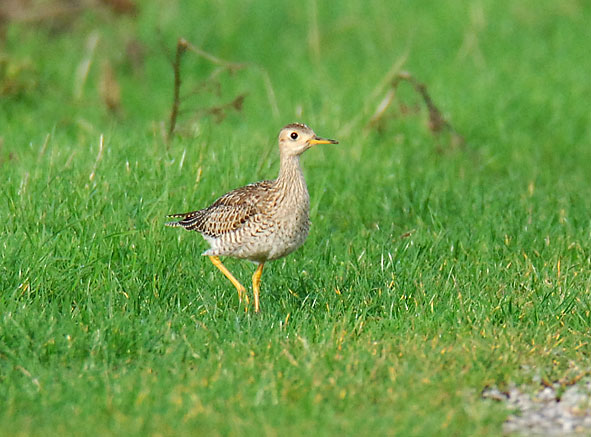
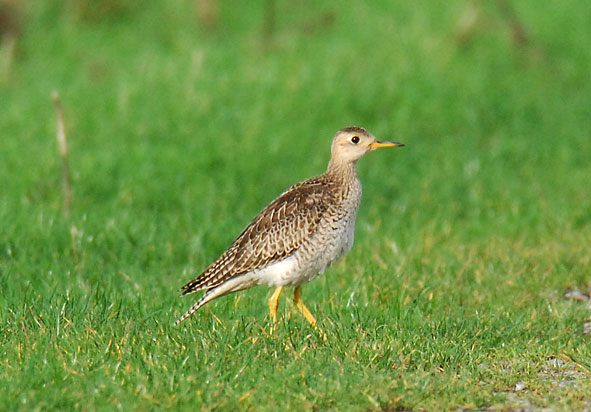
The other interesting bird at Clevedon is a first-winter pale-bellied brent goose of the race hrota, from Svalbard and Greenland.
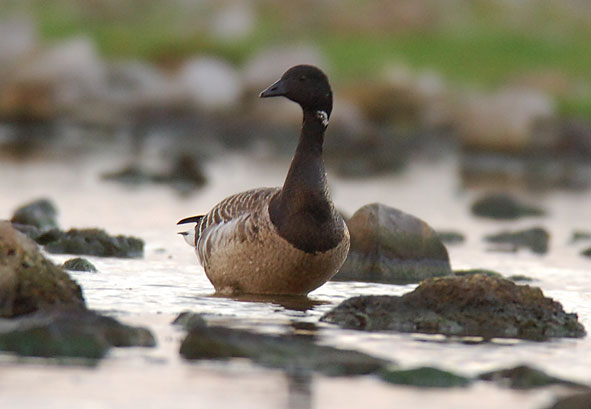
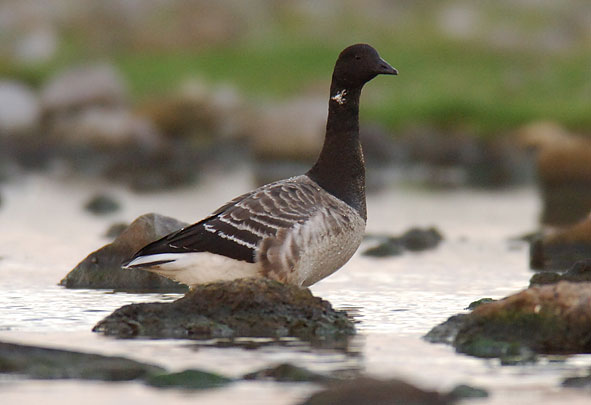
Full moon, 16 November, and a misty day at Chew on 19th.
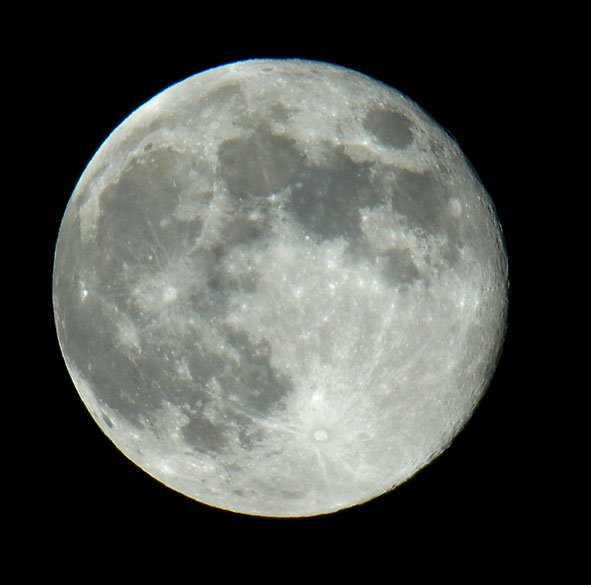
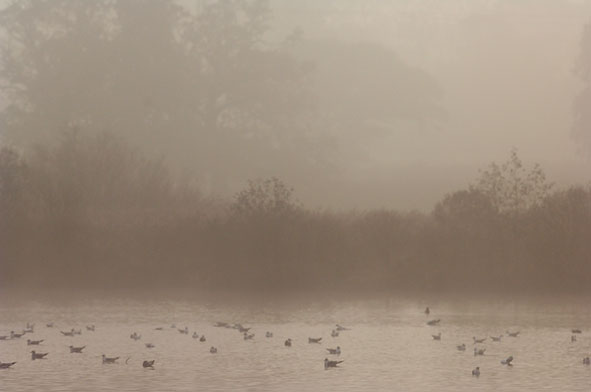
What am I doing here? For upland sandpiper pictures, click the image above
I visited Huntspill on 27 November to see the Richard's pipits, photographing a grey heron on the way. Unfortunately much disturbance was created by a motorcyclist, but I eventually got good views of one bird.
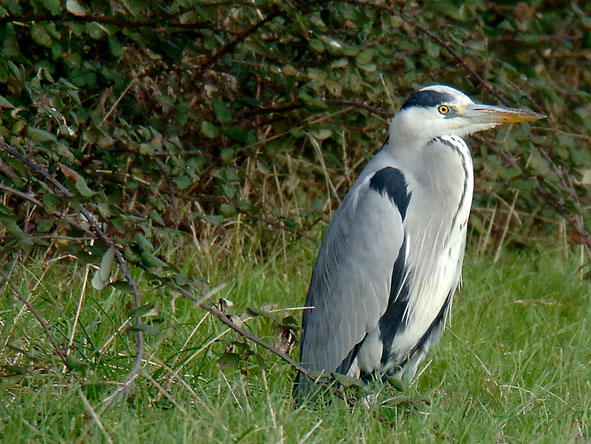
The pipit had pale, straw coloured legs, and the median coverts had buff tips and very pointed tips to the black portion. This means that the bird had adult-like coverts, and the pointed edge to the black rules out the similar (but much rarer) Blyth's pipit.
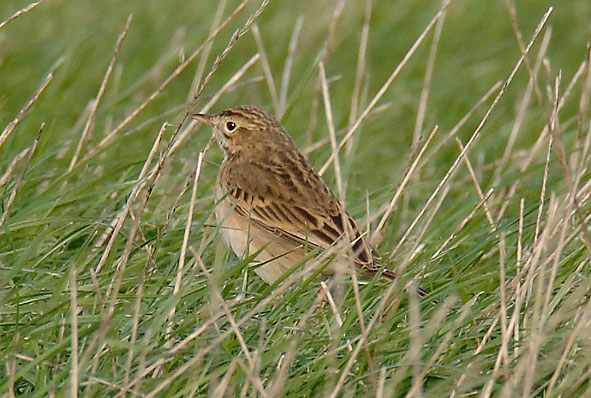
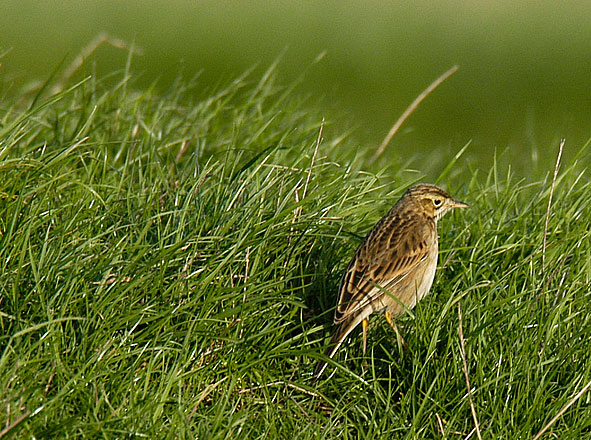
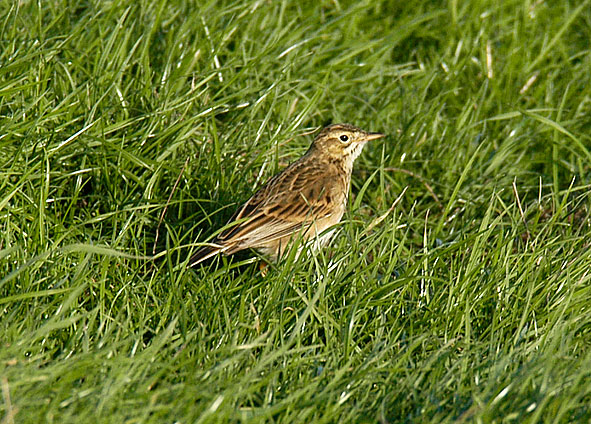
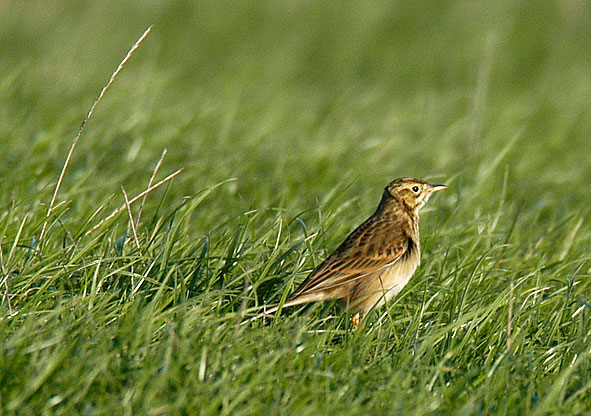
On my return journey I saw a bittern fly into the reed bed at the rear of Herriot's Pool, Chew Valley Lake.
